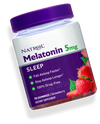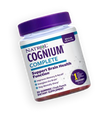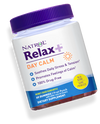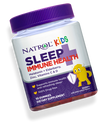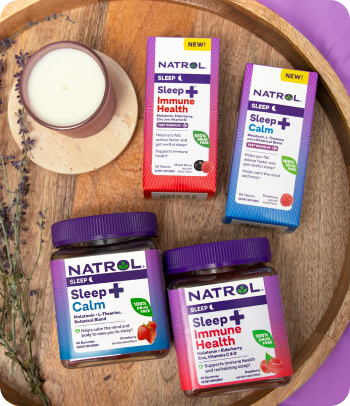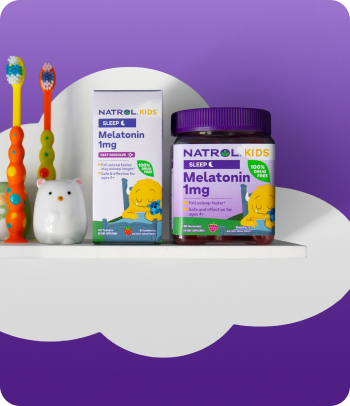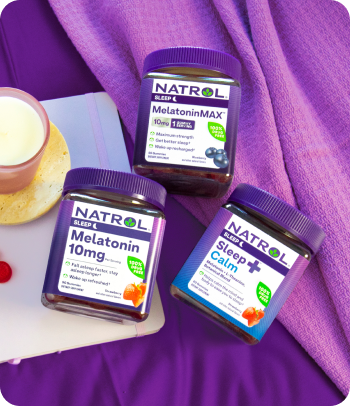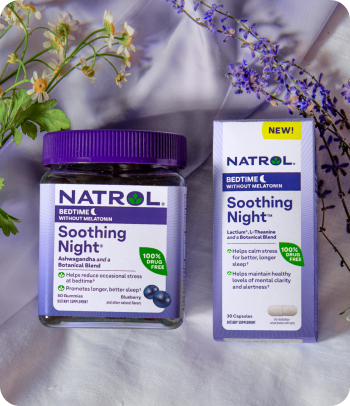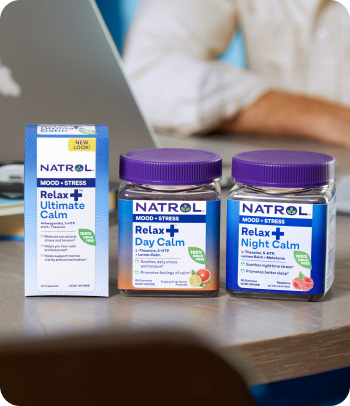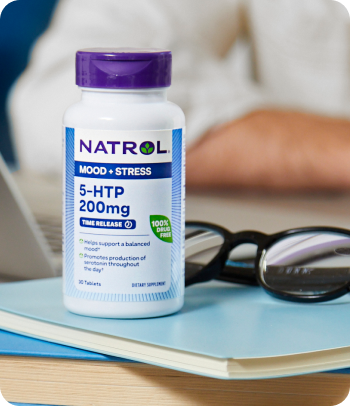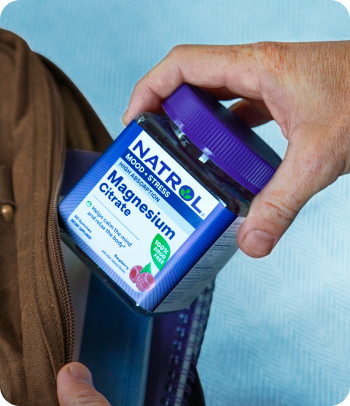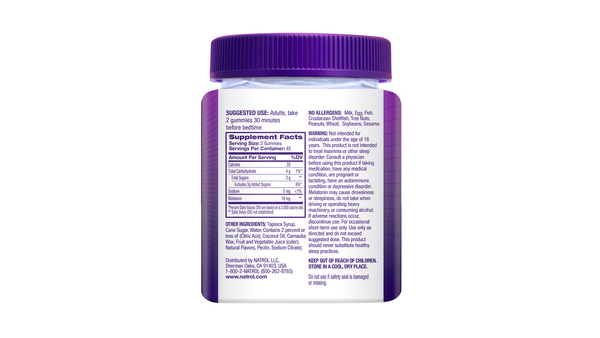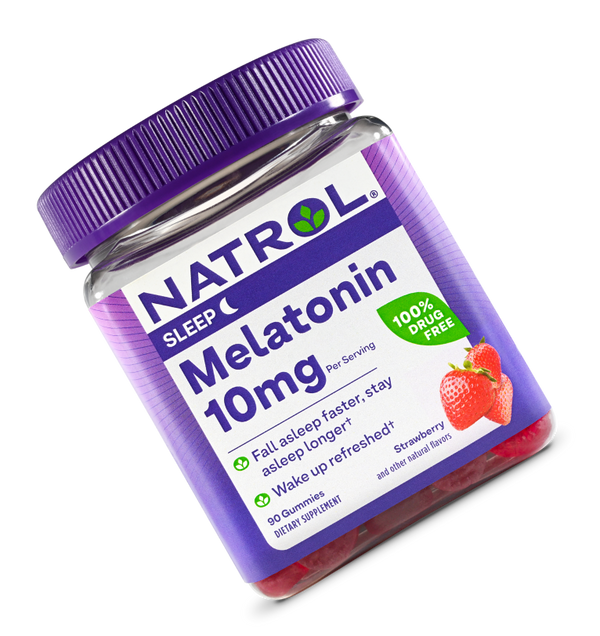What’s Inside? How to Read a Supplement Label
A Full Breakdown of What You’ll Find on a Supplement’s Label and What it All Means
Written by Dr. Mike Grandner
Editorial assistance and editing provided alongside Dr. Grandner’s expertise

When looking into supplements for your specific health needs, the ability to decipher product labels ensures that your needs align with the actual contents of the bottle. Given the abundance of supplements available and the wealth of information crammed onto each label, knowing where to begin and what to look for can be intimidating. Luckily, once you master the art of label reading, you can shop for supplements with ease.
We’ve taken a deeper dive into the details of supplement labels to provide a how-to guide for reading and understanding what’s inside:
Supplement Facts
The Supplement Facts label serves as the gateway to understanding what a supplement contains. It provides essential information such as the serving size, number of servings per container, ingredients and the quantity of each nutrient. For vitamins and minerals, the amounts are often expressed as the Percent Daily Value (%DV).
Percent Daily Value (%DV)
This section of the Supplement Facts label breaks down the quantity of various nutrients in different units of measurement in each serving, including gram, milligrams, micrograms or IU (international units), a standard unit of measurement for Vitamin D. The corresponding %DV gives you an indication of how much a particular nutrient contributes to your daily recommended intake set by the U.S. Food and Drug Administration (FDA). It is important to note that some nutrients might not have a %DV listed because the FDA has yet to establish official recommendations for dietary intake.
Key Ingredient Potency
This breakdown allows you to evaluate how potent certain ingredients are, essentially seeing how much of an important nutrient is included in the supplement. Dietary ingredients are typically listed by their common nutrient names, with the specific form of the nutrient in parenthesis. For example, “Vitamin C” as (ascorbic acid). Sometimes you’ll notice one ingredient will be bolded and listed below the nutrients found in this ingredient, or alternatively, the total amount of a proprietary blend of ingredients – while it’s required to list the ingredients included in a blend or concentrate, manufacturers do not have to share the amounts of specific ingredients.
Other Ingredients
The “Other Ingredients” section highlights elements that are part of the product but are not classified as key ingredients. This means these ingredients are not contributing to a supplement’s nutritional benefits but are ones that help build the supplement (think the capsule or ingredients that help others blend smoothly) and make it easy to consume. This may include various components such as bulking agents, emulsifiers, capsules, sweeteners, preservatives and more. While these other ingredients are all tested and safe to consume, it’s still important to closely examine this section as it might include allergens that have the potential to affect individuals with specific sensitivities.
Shelf Life and Expiration Dates
Understanding the shelf life and expiration dates of supplements is a crucial aspect of responsible supplement use. While many supplements are stable and can maintain their potency for an extended period, some may have specific storage requirements, such as refrigeration or being kept in a cool, dry place. A supplement’s expiration date indicates the date by which the manufacturer guarantees the product’s full potency, quality and safety. An expired supplement does not imply it’s now dangerous, it suggests that the manufacturer can no longer guarantee the full effectiveness of the product beyond that point.
Ingredient Overages in Supplements
This is something the average consumer typically isn’t aware of, and media headlines can make supplement ingredient overages sound scary. Bottom line, all vitamins and supplements initially include more of the ingredient than the exact amount listed on the label, so that manufacturers can guarantee the amount of an ingredient stated on the label is still present at the end of its shelf life, as required by law. So, if a supplement label indicates 10mg of melatonin, for example, it must still have 10mg of melatonin at the end of its shelf life. But the amount of melatonin slightly decreases over time. That means that the earlier the supplement is in its shelf life, the more likely the supplement will have more in it than is mentioned on the label.
It’s important to note that the ingredient overages are very carefully calculated by measuring supplement efficacy over the expected life of the product, so manufacturers know exactly what to include and is considered safe to consume, while also following all of the rules they are required to follow.
Suggested Use
Choosing the right supplement is only part of the equation; how you take them can significantly impact their effectiveness. Some supplements are best taken with a meal or a snack, this is often recommended for fat-soluble vitamins (such as Vitamins A, D, E and K) and certain minerals to enhance their absorption. For specific supplements, particularly those in pill or capsule form, taking them with a full glass of water is advisable to prevent potential discomfort or issues with digesting the supplement. While some supplements are designed for daily use to achieve their intended benefits – such as multivitamins and probiotics – others are meant to be taken as needed – like melatonin.
Incorporating supplements into a health-conscious routine can be highly beneficial, but this advantage depends on your ability to discern their contents. It’s important to remember that supplements can’t treat, cure or mitigate any disease. So, understanding how to interpret labels and take supplements correctly is pivotal in ensuring their safe and effective utilization in your daily life. When you shop Natrol online, easily view and understand the supplement facts labels associated with each of our products.

